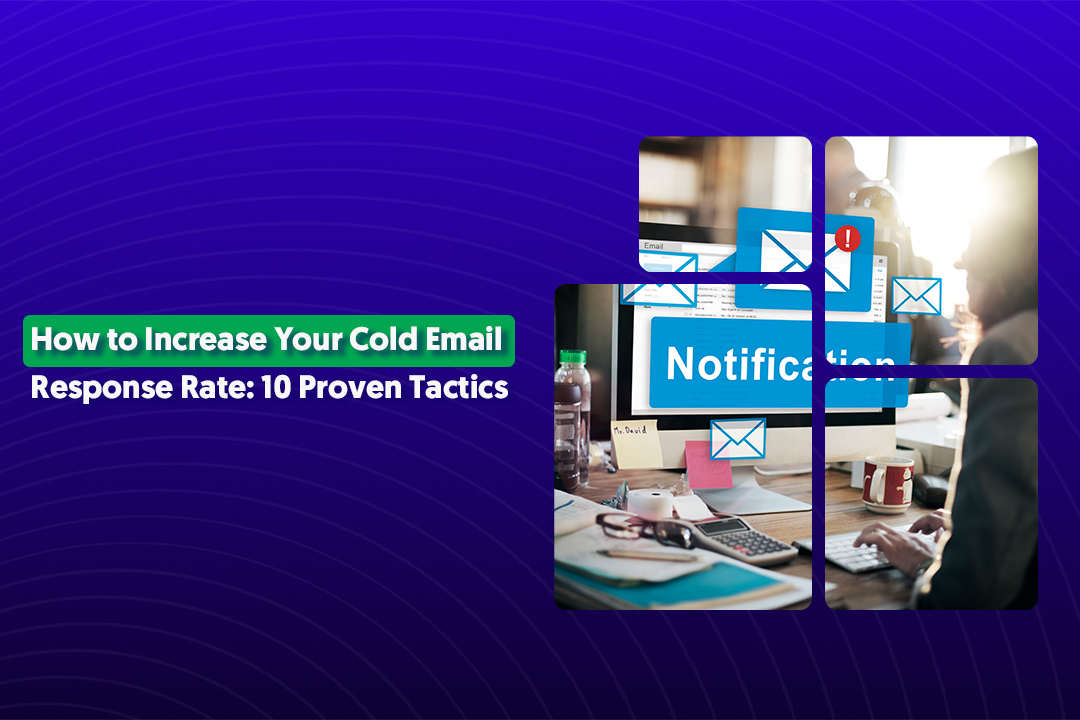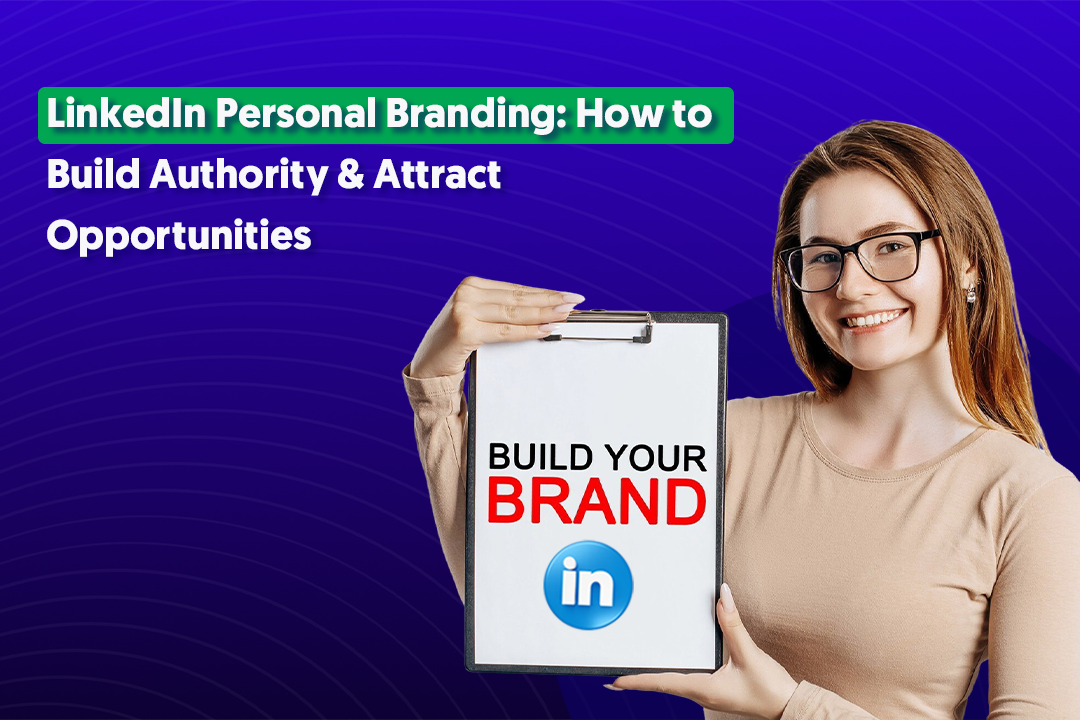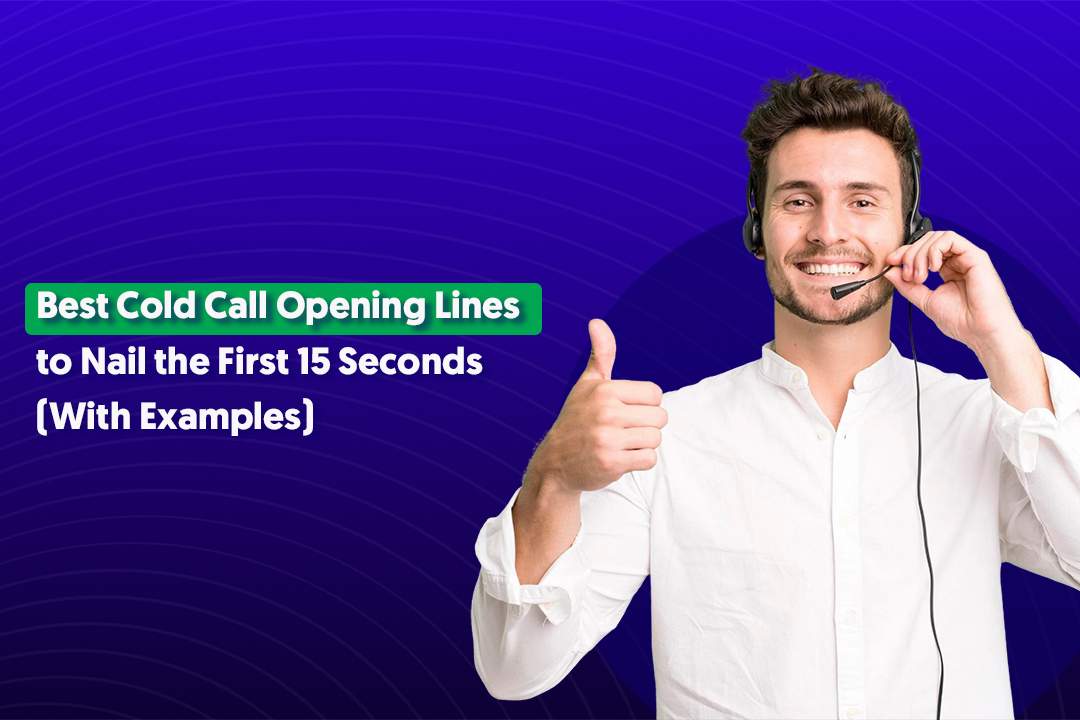Key Takeaways
- The best lead magnets solve one specific problem quickly instead of trying to teach everything.
- Match your offer format to the funnel stage: checklists for cold traffic, case studies for buyers.
- B2B lead magnets need to be industry-specific and immediately actionable, not just interesting.
- Track lead quality and conversion to sales, not just download numbers.
- Test 2-3 formats, measure what actually drives the pipeline, then double down on winners.
- Your landing page should have a clear headline, simple form, and obvious value statement.
- Repurpose existing content into gated assets—your best blog posts already prove what resonates.
Most lead magnet ideas out there attract the wrong crowd.
You know the type: freebie hunters who download everything, engage with nothing, and disappear faster than your open rates.
We've worked with over 10,000 B2B companies, and here's what we've learned: the best leads don't just want free stuff. They want solutions to actual problems they're dealing with right now.
That's the difference between a lead magnet that fills your CRM with noise and one that brings in people ready to have real conversations.
The kind who actually show up to discovery calls. The kind who have budget and authority.
In this guide, we're breaking down lead magnet ideas that do exactly that—attract high-quality prospects who are genuinely interested in what you're selling, not just collecting PDFs they'll never open.
No fluff. No theory. Just what actually works when you need leads that convert.

What Is a Lead Magnet & Why B2B Needs Its Own Approach
A lead magnet is a free, high-value resource that prospects get in exchange for their contact information. Simple concept, but execution? That's where most people mess up.
Lead magnets capture attention in a crowded inbox, build trust before the first call, and kick-start your entire nurture process.
B2B Is a Different Game
How to create a lead magnet for B2B audience isn't the same as creating one for consumer brands. The stakes are higher, the timeline is longer, and you're not dealing with impulse decisions.
Here's what makes B2B different:
- Longer sales cycles - We're talking weeks or months, not minutes.
- Higher ticket values - Most B2B deals are worth thousands or millions.
- Multiple decision makers - Your lead magnet needs to appeal to the person downloading it AND the people they report to.
This means your lead magnet can't just be "interesting." It needs to be highly specific, industry-relevant, and immediately actionable.
Generic advice doesn't cut it when someone's putting their reputation on the line by bringing you into their organization.
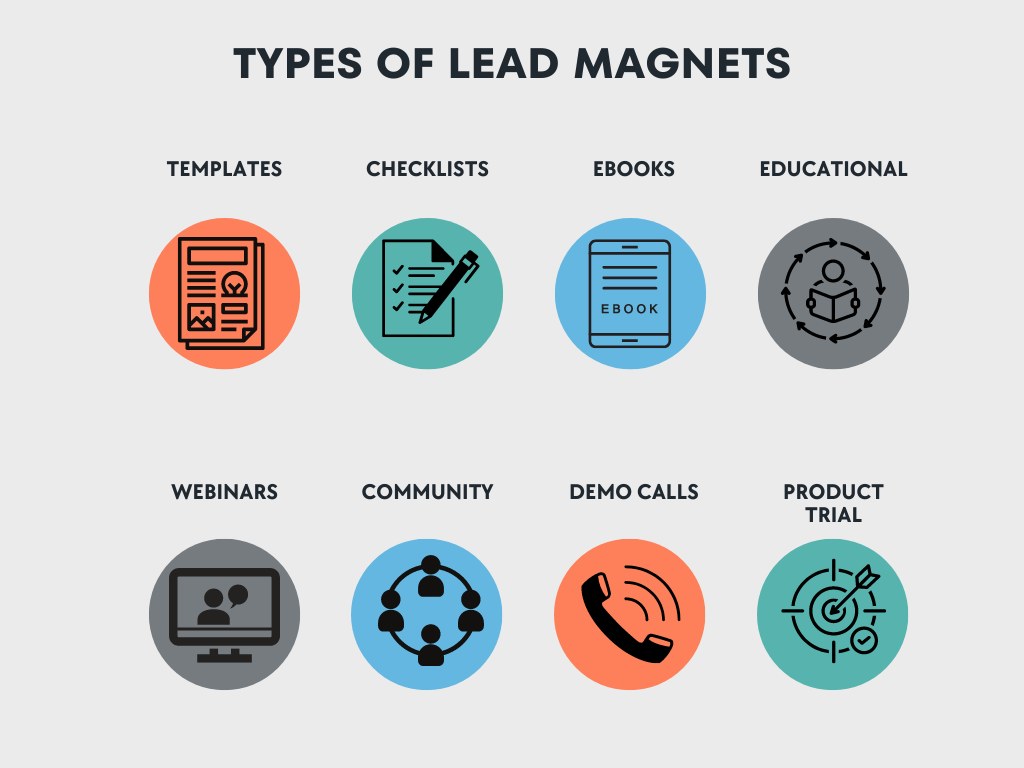
What Makes a High-Performing B2B Lead Magnet
When you're figuring out how to create a lead magnet for B2B audience, focus on these core characteristics:
- Solves one specific problem - Not "everything about email marketing," but "how to fix your cold email deliverability in 48 hours".
- Promises a quick win - Your prospect should be able to implement something today and see results this week.
- Easy to consume - If it takes 3 hours to get through, it's going in their "read later" folder (aka never).
- Clearly branded - They should remember who gave them this value when they're ready to buy.
The best lead magnets don't try to teach everything. They solve one painful problem really well—and leave your prospects wanting more.
Learn More About: Smart Ways to Use AI for B2B Lead Generation
15+ Best Content Offer Types for Lead Magnets (With Examples)
Below are 15+ lead magnet formats—each with B2B context, example ideas, and where in the funnel they work best.
Think of this as your playbook for matching the right offer to the right moment in your buyer's journey.
1. Checklist or Cheat Sheet
What it is: A scannable, actionable list that helps prospects complete a specific task or audit their current process.
Why it works: People love quick wins. Checklists are easy to consume in under 5 minutes and give immediate value without requiring deep focus.
Ideal funnel stage: Top to mid-funnel—perfect for cold audiences who need fast proof you know your stuff.
B2B example: "10-Point SaaS Onboarding Health Checklist" or "Pre-Launch Security Audit for Fintech Startups"
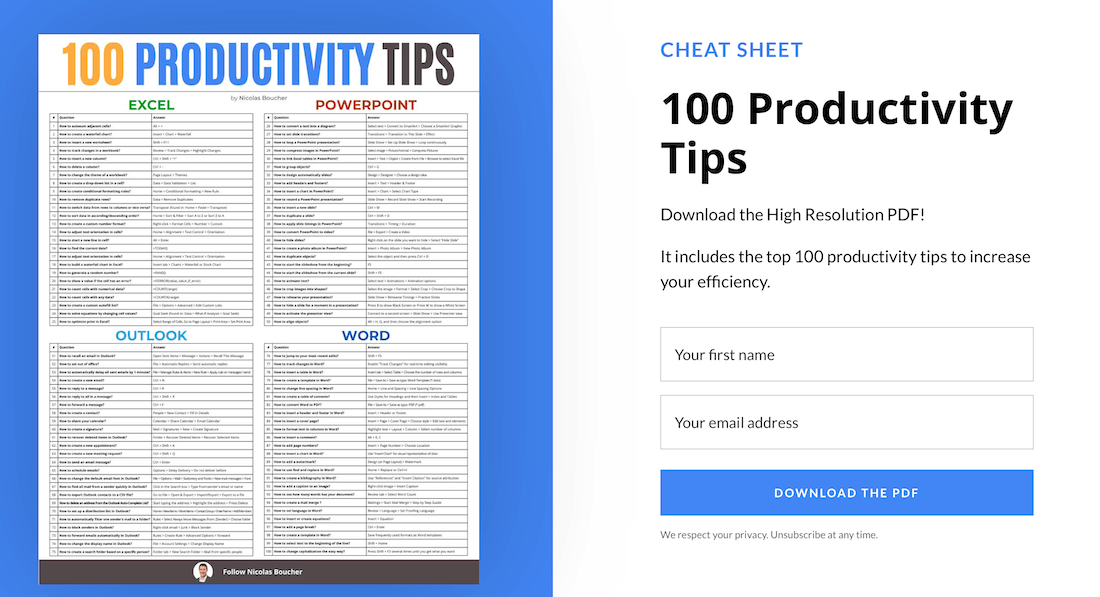
2. Template or Spreadsheet
What it is: A ready-to-use document or spreadsheet that eliminates the need to build from scratch.
Why it works: High perceived value with minimal effort required. Your prospect gets a head start on something they'd otherwise spend hours creating.
Ideal funnel stage: Mid-funnel—works great when prospects understand their problem and need practical tools.
B2B example: "Quarterly Demand Gen Budget Planner (Excel)" or "Sales Pipeline Forecast Template"
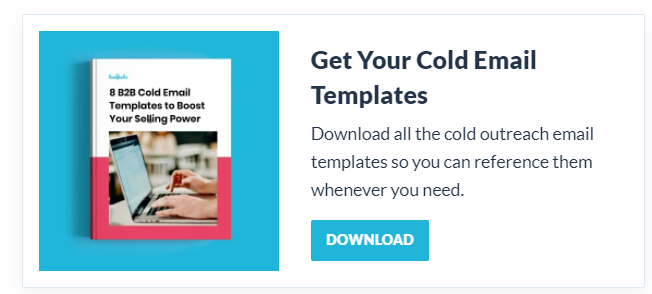
3. Industry Report or Data Briefing
What it is: Original research, survey results, or trend analysis specific to your industry.
Why it works: Decision-makers need data to justify purchases. Original insights position you as a thought leader and give them ammunition for internal conversations.
Ideal funnel stage: Mid to bottom-funnel—best for prospects evaluating solutions and building business cases.
B2B example: "2025 State of B2B Lead Gen Report" or "IT Spending Trends: What 500 CFOs Told Us"
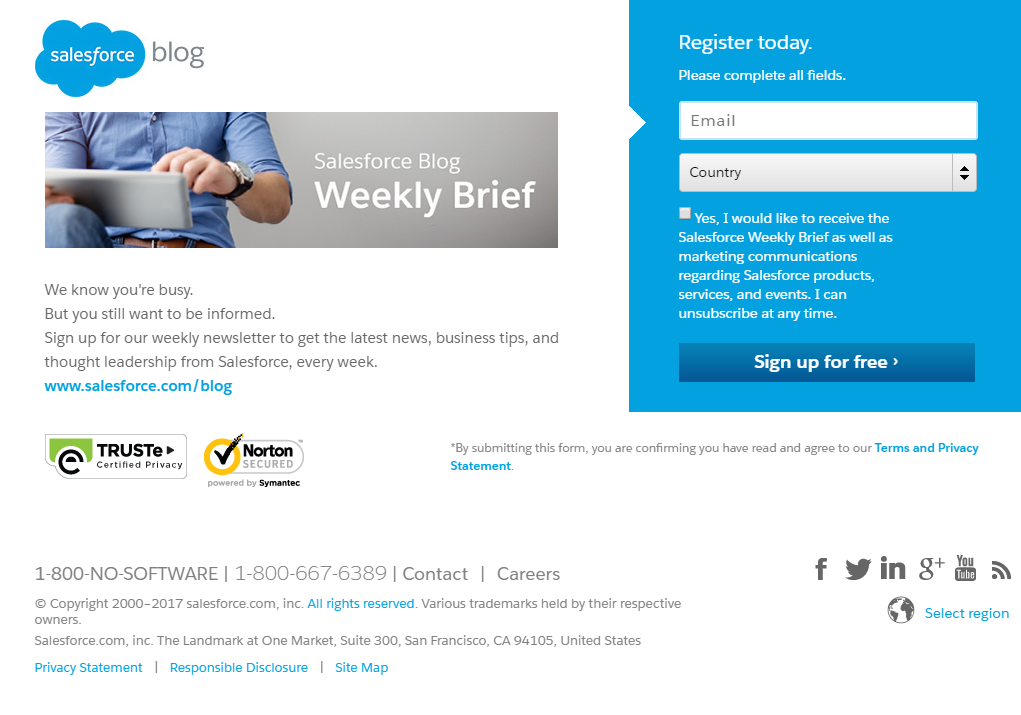
4. Interactive Quiz or Assessment
What it is: A series of questions that provide personalized results based on user responses.
Why it works: People are curious about how they stack up. The interactive element boosts engagement, and personalized results feel more valuable than generic content.
Ideal funnel stage: Top to mid-funnel—great for segmentation and qualifying leads early.
B2B example: "What's Your SDR Team Efficiency Score?" or "Is Your Tech Stack Costing You Revenue?
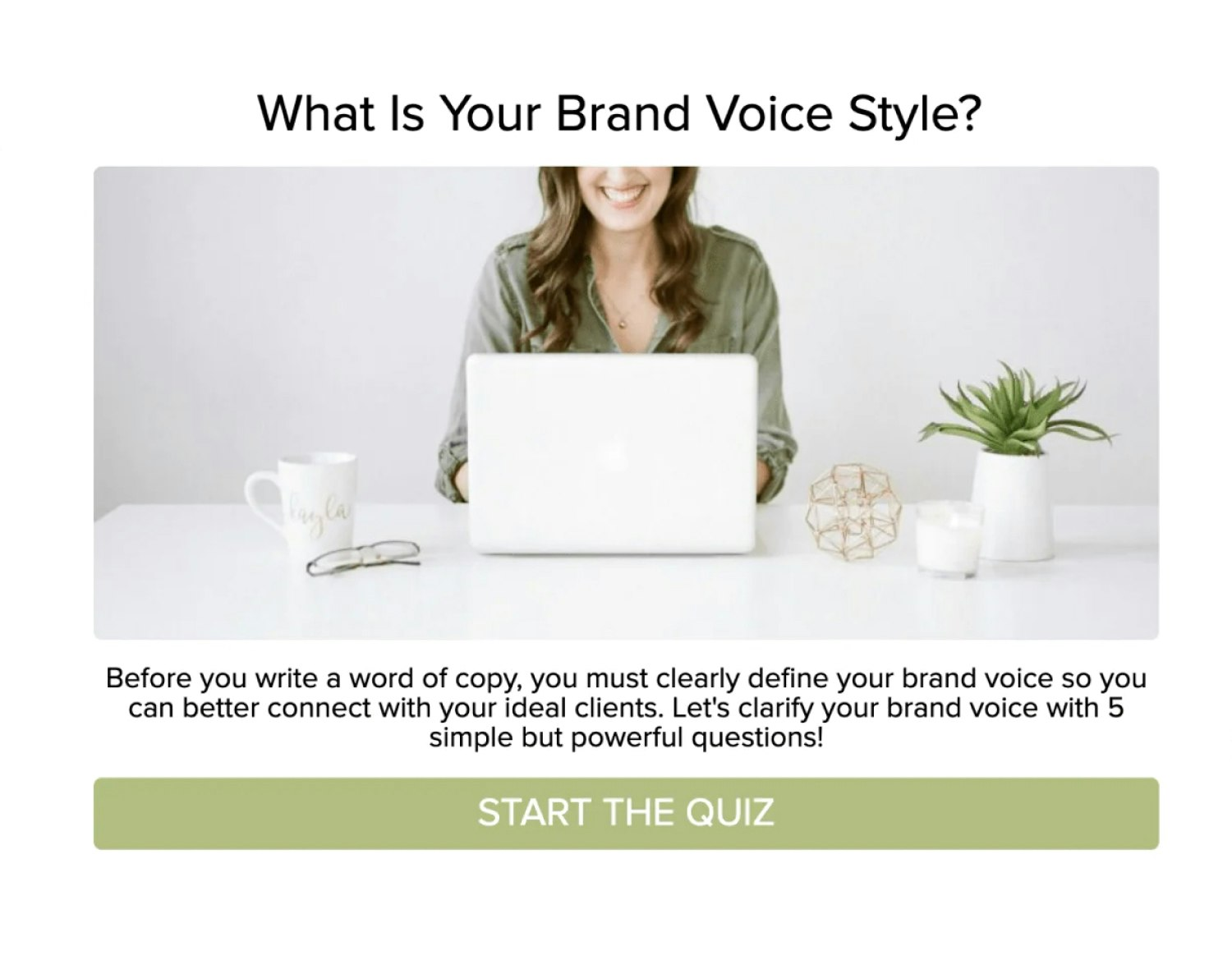
5. Webinar or Live Training
What it is: A scheduled live session where you teach something valuable and answer questions in real-time.
Why it works: Creates urgency (limited seats/time), builds personal connection, and allows for direct interaction. Plus, you can repurpose the recording.
Ideal funnel stage: Mid to bottom-funnel—ideal for nurturing warm leads and demonstrating expertise.
B2B example: "Live: How to Build an Outbound Campaign That Books 20 Demos" or "Scaling Your Sales Team Without Breaking the Bank"
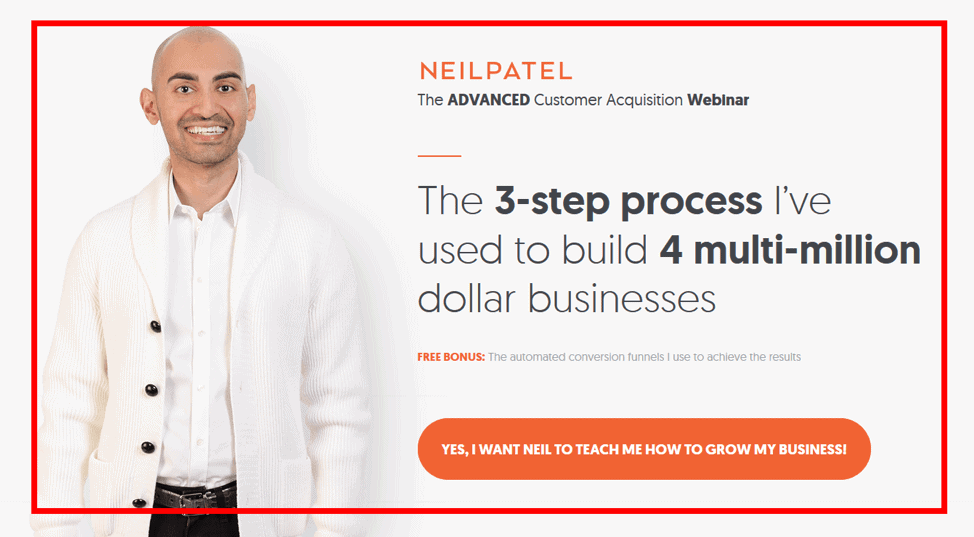
6. Free Tool or Calculator
What it is: An interactive online tool that helps prospects calculate ROI, estimate costs, or analyze their current situation.
Why it works: Tools provide immediate, personalized value. Users input their data and get custom results they can't find anywhere else.
Ideal funnel stage: Top to mid-funnel—excellent for capturing interest and demonstrating your solution's value.
B2B example: "Cold Email Campaign ROI Calculator" or "Sales Headcount Planning Tool"
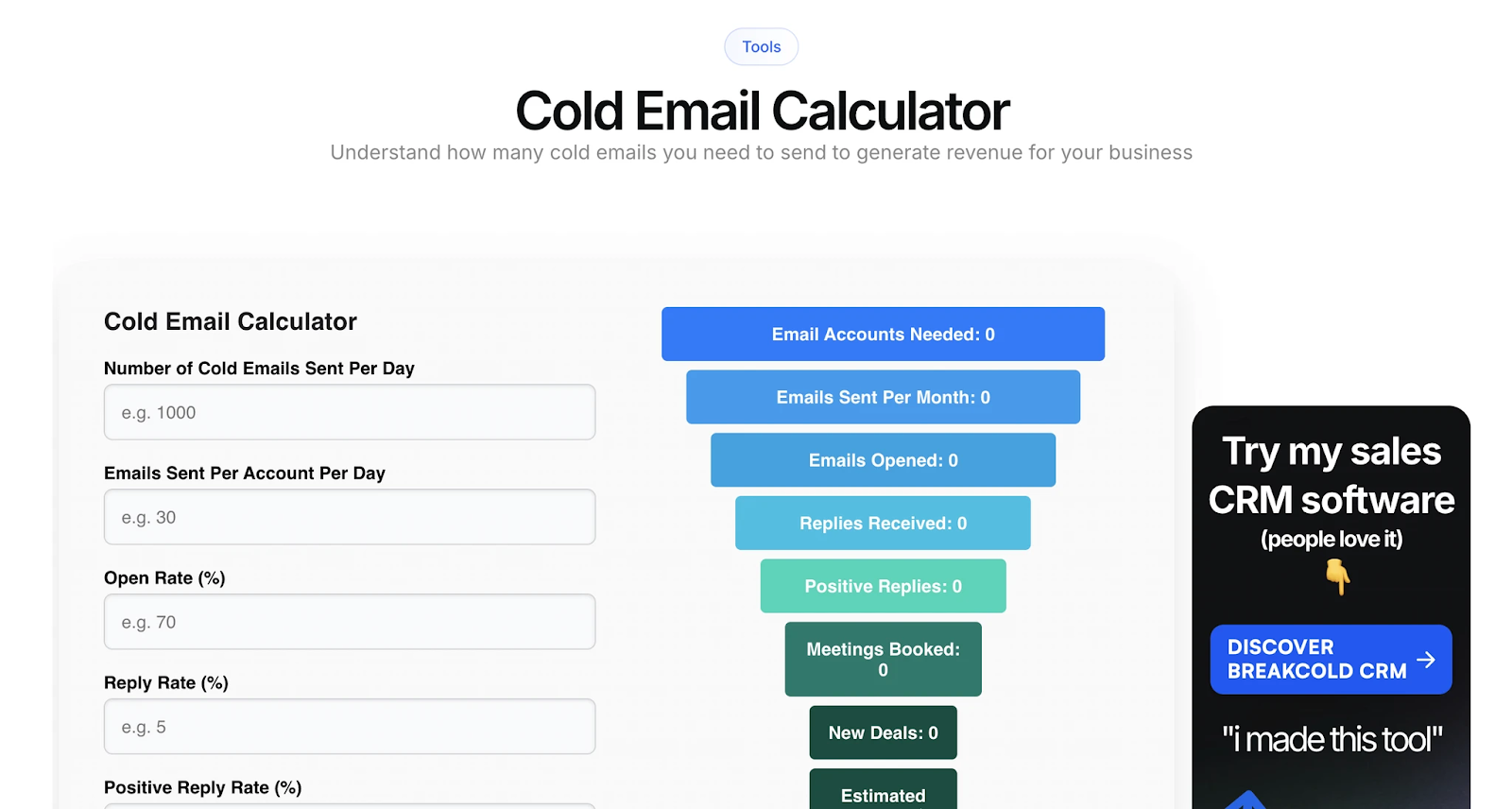
7. Case Study or Success Story
What it is: A detailed breakdown of how you helped a client achieve specific, measurable results.
Why it works: Proof beats promises. Case studies show prospects exactly what's possible when they work with you.
Ideal funnel stage: Bottom-funnel—perfect for prospects comparing vendors and need social proof.
B2B example: "How Company X Scaled Leads 3× in 12 Weeks" or "From 5 to 50 Demos: A Manufacturing Client's Journey"
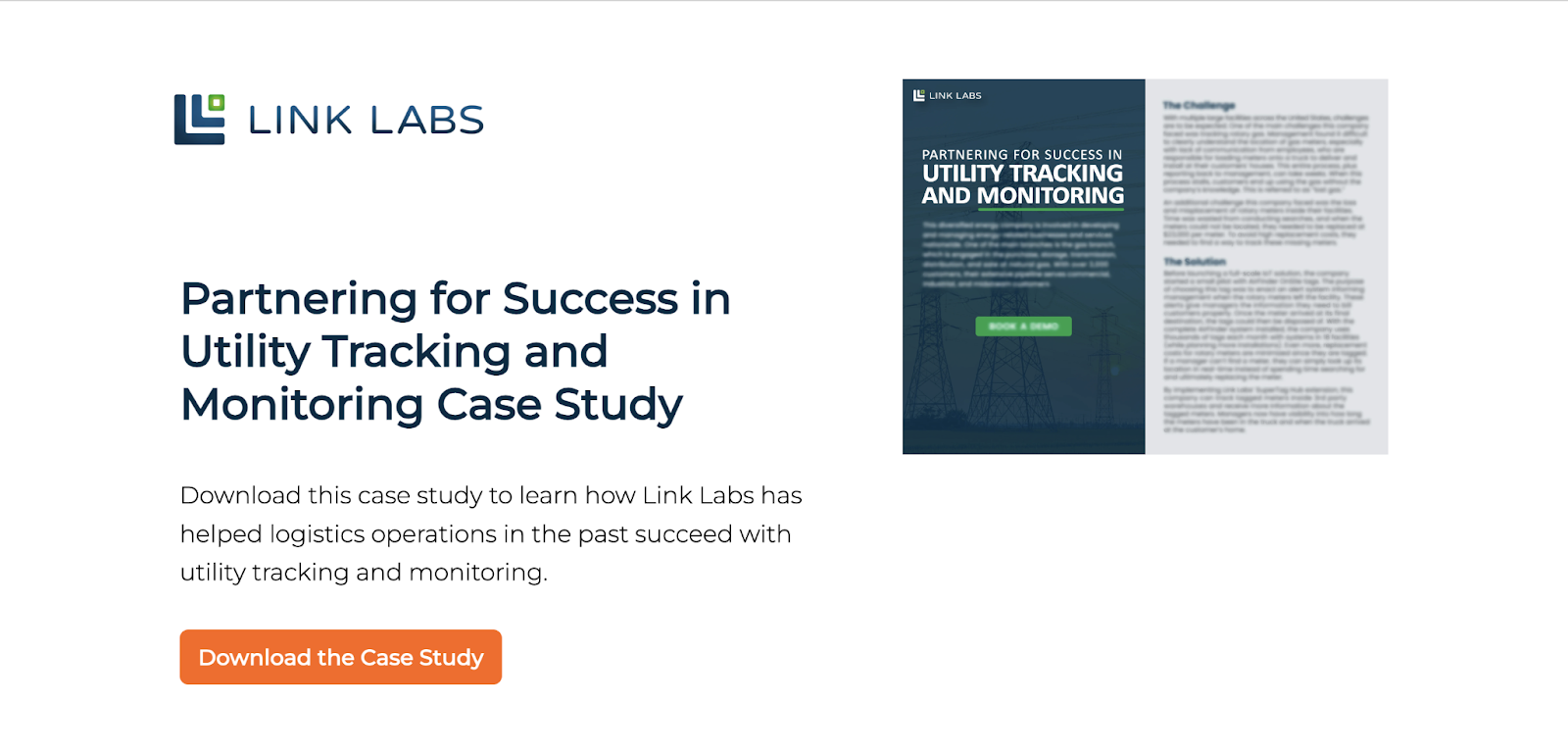
8. Workbook or Swipe File
What it is: A collection of proven templates, scripts, or frameworks they can copy and customize.
Why it works: Removes guesswork and speeds up implementation. Your prospects get battle-tested materials instead of starting from zero.
Ideal funnel stage: Mid-funnel—works when prospects are ready to take action but need guidance.
B2B example: "Email Outreach Swipe File for SDRs" or "20 LinkedIn Messages That Actually Got Replies"
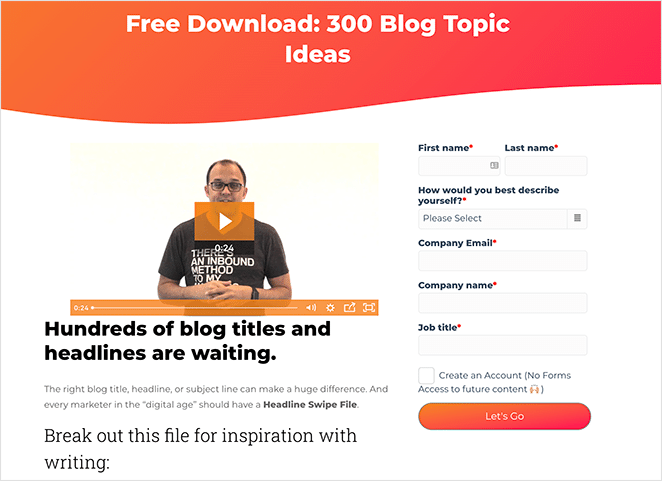
9. Mini-Course or Email Course
What it is: A series of lessons delivered over several days via email, typically 3-7 parts.
Why it works: Extended engagement keeps you top of mind throughout the buying process. Each lesson builds on the last, creating momentum.
Ideal funnel stage: Top to mid-funnel—great for educating prospects who aren't ready to buy yet.
B2B example: "5-Day Workshop: Build Your Multi-Channel Prospecting Engine" or "Master Cold Calling in One Week"

10. Templates Bundle or Toolkits
What it is: A comprehensive package of multiple resources bundled together (think templates, scripts, checklists, and guides).
Why it works: The perceived value is significantly higher than individual pieces. People love "complete systems."
Ideal funnel stage: Mid-funnel—ideal when prospects need end-to-end solutions.
B2B example: "Complete Sales Enablement Kit: Scripts, Templates & Cadences" or "The Full Stack: LinkedIn + Email + Call Resources"
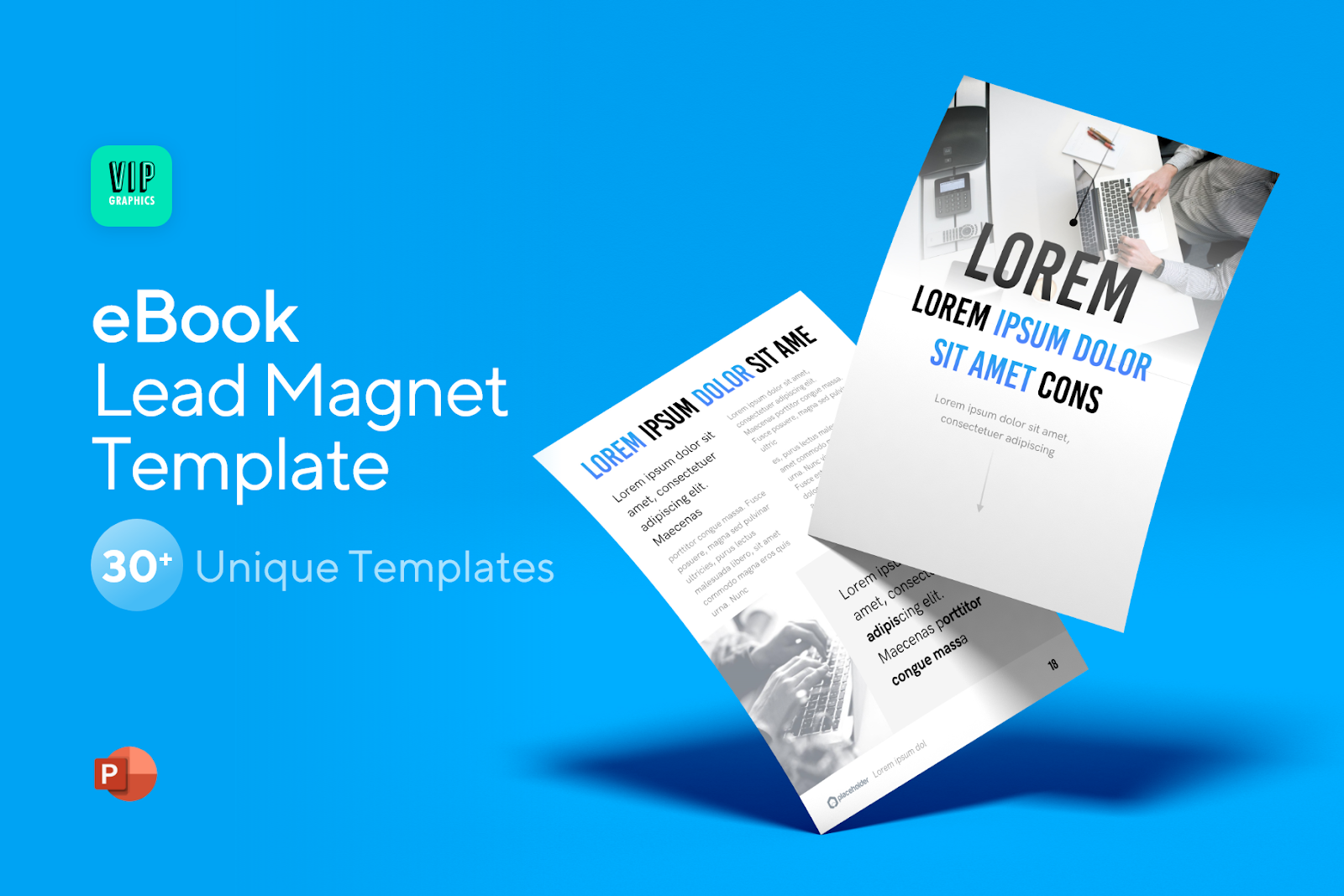
11. Free Consultation or Audit
What it is: A one-on-one session where you review their specific situation and provide customized recommendations.
Why it works: Highly personalized and builds direct relationships. You get to qualify leads in real-time.
Ideal funnel stage: Bottom-funnel—best for high-ticket offerings where personal relationships matter.
B2B example: "Free 30-Minute Funnel Audit for SaaS Founders" or "LinkedIn Profile Optimization Session"

12. Checklist + Video Bundle
What it is: A written checklist paired with a short video walkthrough showing exactly how to use it.
Why it works: Combines the speed of text with the clarity of visual demonstration. Appeals to different learning styles.
Ideal funnel stage: Top to mid-funnel—great for complex processes that benefit from visual explanation.
B2B example: "Lead Magnet Launch Checklist + Quick Video Walk-Through" or "Sales Call Prep System (PDF + Video)"

13. Mobile/Audio Content (Podcast, Short Video Series)
What it is: Consumable content designed for busy professionals on the go—podcast episodes, audio lessons, or bite-sized video series.
Why it works: Meets prospects where they are (commuting, at the gym, between meetings). Lower barrier to consumption.
Ideal funnel stage: Top-funnel—perfect for awareness and building familiarity with your brand.
B2B example: "Audio Series: Building Outbound Systems on the Go" or "5-Minute Sales Tips Video Series"
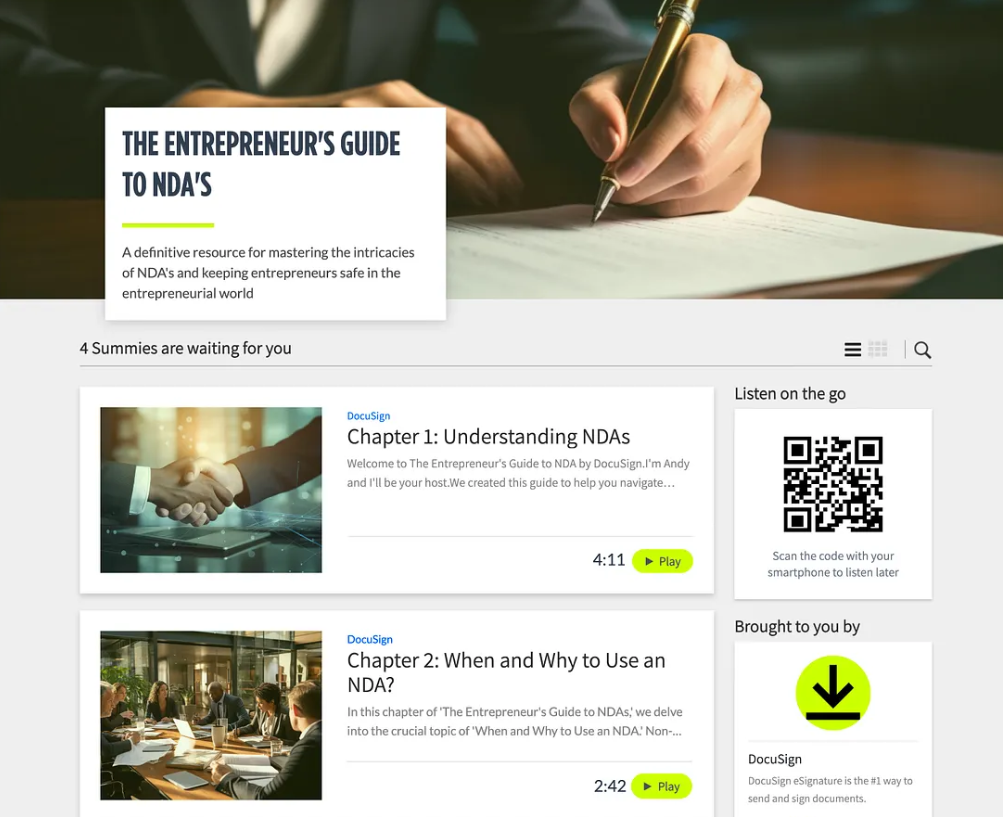
14. Access to Private Community or Forum
What it is: Exclusive membership to a group where peers share insights, ask questions, and network.
Why it works: Community access has ongoing value beyond a one-time download. Creates stickiness and positions you as a connector.
Ideal funnel stage: Top to mid-funnel—great for building long-term engagement and brand loyalty.
B2B example: "Join Our Founders Roundtable – Free for First 100 Sign-Ups" or "B2B Marketing Leaders Slack Channel"

15. Exclusive Discounts or Early Access Offers
What it is: Special pricing or first access to new products, features, or content.
Why it works: Scarcity and exclusivity trigger action. Makes prospects feel like insiders.
Ideal funnel stage: Mid to bottom-funnel—works when prospects are considering a purchase.
B2B example: "Get Beta Access to Our New CRM Integrations" or "Founding Member Pricing – 40% Off First Year"
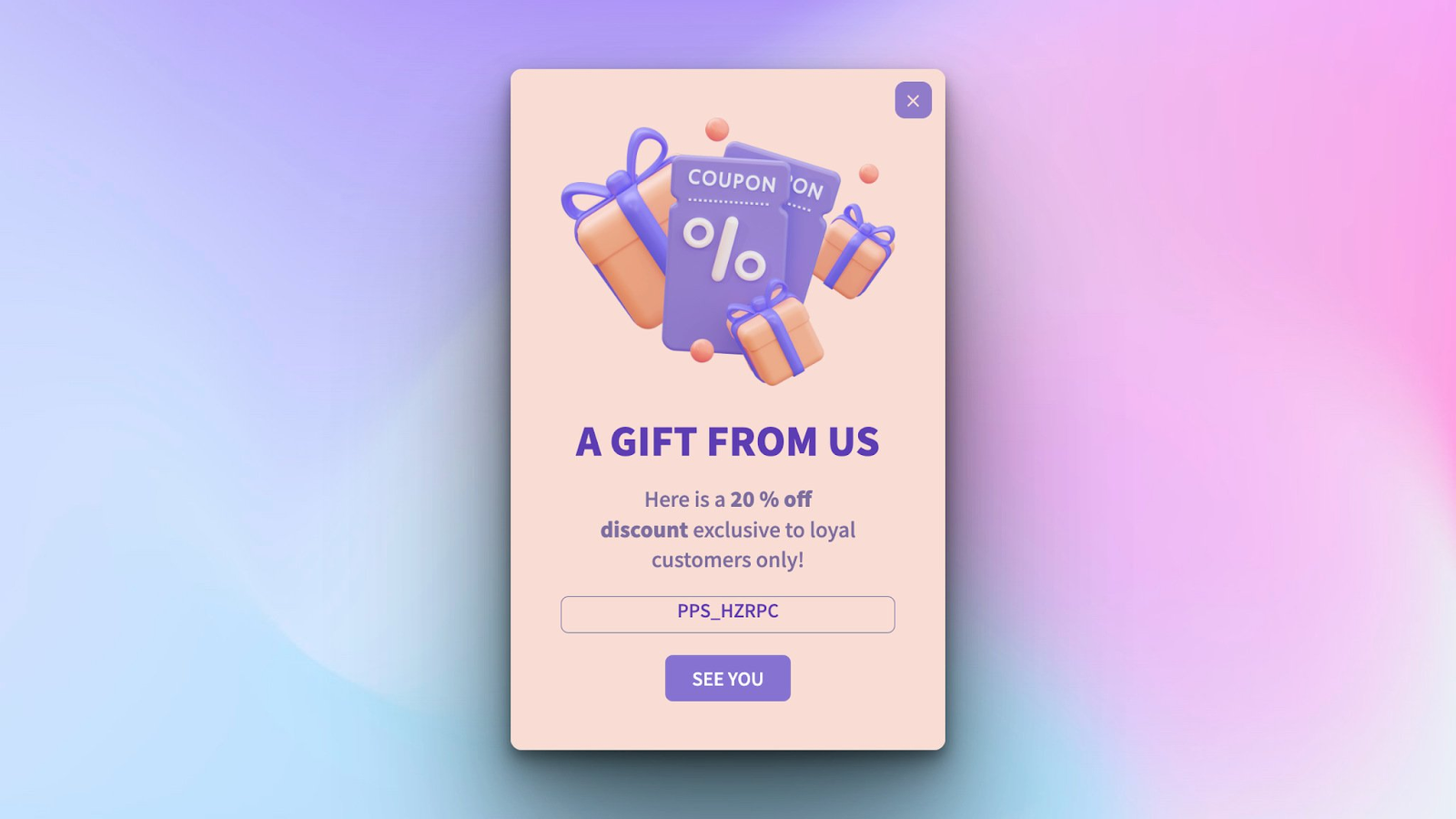
16. Interactive Demo or Free Trial
What it is: Hands-on access to your product or a guided demo showing key features in action.
Why it works: Nothing beats experiencing the product firsthand. Removes uncertainty and accelerates decision-making.
Ideal funnel stage: Bottom-funnel—ideal when prospects are in evaluation mode.
B2B example: "Try Leading AI Outreach Tool Free for 14 Days" or "Book Your Personalized Demo (No Sales Pitch Required)"

How to Choose the Right Lead Magnet for Your Audience
Having all these lead magnet ideas is great, but picking the wrong format for your audience? That's where most campaigns die.
Here's how to actually choose the right one:
Start With Your Audience's Pain Point & Desired Outcome
Don't start with "what lead magnet should I create?" Start with "what problem is keeping my prospect up at night?" The best lead magnet ideas emerge when you nail this question.
If your target is drowning in data but can't make sense of it, they need a dashboard template or calculator—not another 50-page ebook.
If they're struggling with messaging, they want swipe files and scripts, not industry reports.

Match Offer Format to Funnel Stage and Campaign Goal
Cold audiences at the top of the funnel need quick wins with low commitment. Think checklists, quizzes, or short videos.
Warm prospects in the middle want deeper value. Templates, webinars, and toolkits work here.
Bottom-funnel leads who are close to buying? Case studies, consultations, and free trials seal the deal.
Don't make the mistake of offering a 30-minute audit to someone who just discovered you exist. And don't send cold prospects a basic checklist when they're ready to evaluate vendors.

Must Read: How to Build a High-Converting Lead Generation Funnel
Consider Resource Investment vs. Impact
A free tool or interactive calculator might take weeks to build, but it can generate leads for years. A simple checklist takes an afternoon but might not have the same perceived value.
Ask yourself: What's the ROI on my time? If you're bootstrapping, start with templates and checklists.
If you have a budget and want to stand out, invest in tools, original research, or high-production webinars.
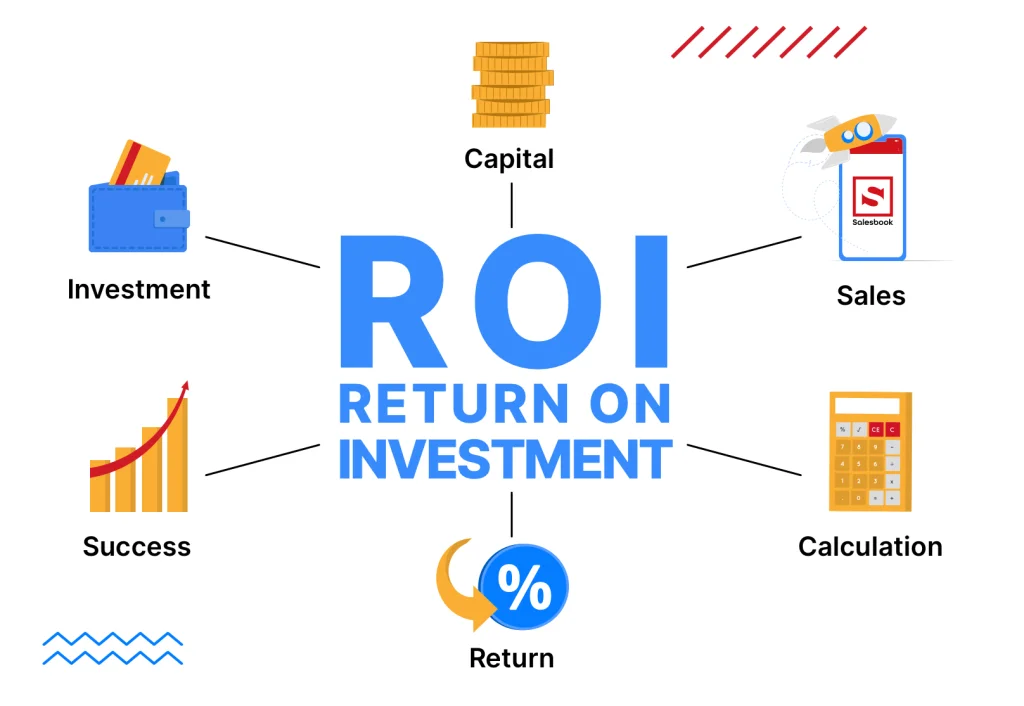
Test Multiple Formats & Measure Performance
Don't guess—test. Run the same campaign with different best content offer types for lead magnets and track:
- Conversion rates (CTR, opt-in rate)
- Lead quality (do they show up to calls? Do they have budget?)
- Time to close (which format attracts buyers vs. researchers?)
We've seen cases where a simple spreadsheet outperformed a fancy interactive tool 3:1 because the audience just wanted something they could download and use immediately.
Some Tools to Check: Best AI Lead Qualification Tools for Faster B2B Conversions
Iterate With Feedback & User Data for Better Relevancy
Your first version won't be perfect—and that's fine. Pay attention to:
- What questions do people ask after downloading?
- Which sections get the most engagement?
- Where people drop off in your follow-up sequence?
Then refine. Add the missing pieces. Remove what nobody uses. The best lead magnets evolve based on real user behavior, not what you think should work.
The goal isn't to create the perfect lead magnet on day one. It's to get something valuable out there, see what resonates, and make it better every month.
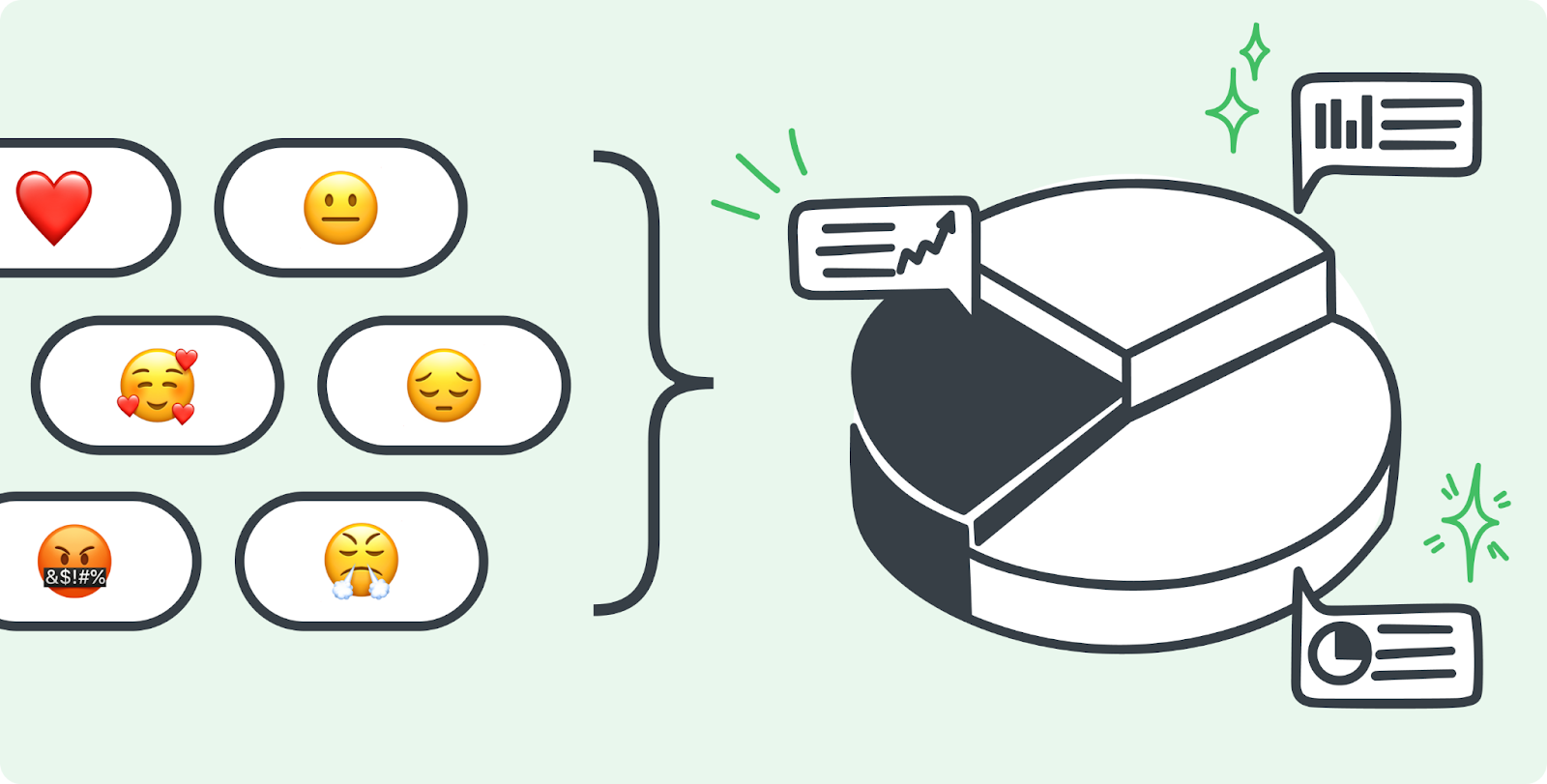
How to Promote & Optimize Your Lead Magnet for Maximum Conversion
Creating a great lead magnet is only half the battle. If nobody sees it—or worse, they see it but don't convert—you've wasted your time.
Here's how to actually get eyes on your offer and turn those downloads into real opportunities.
Landing Page Best Practices: Keep It Simple, Keep It Clear
When you're learning how to create a lead magnet for B2B audience, your landing page can make or break everything. Here's what actually moves the needle:
- Clear headline - Tell them exactly what they're getting in 10 words or less. "Free 30-Minute Sales Call Audit" beats "Unlock Your Sales Potential" every time.
- Value statement - Answer the question: "What's in it for me?" Be specific. Instead of "improve your outreach," say "book 10 more demos this month using our proven email templates."
- Form simplicity - Every field you add kills conversions. For top-funnel offers, name and email are enough. Save the company size and phone number questions for when they're actually talking to sales.
Visual hierarchy matters too. Your call-to-action button should be the most obvious thing on the page. If visitors have to hunt for it, they won't.
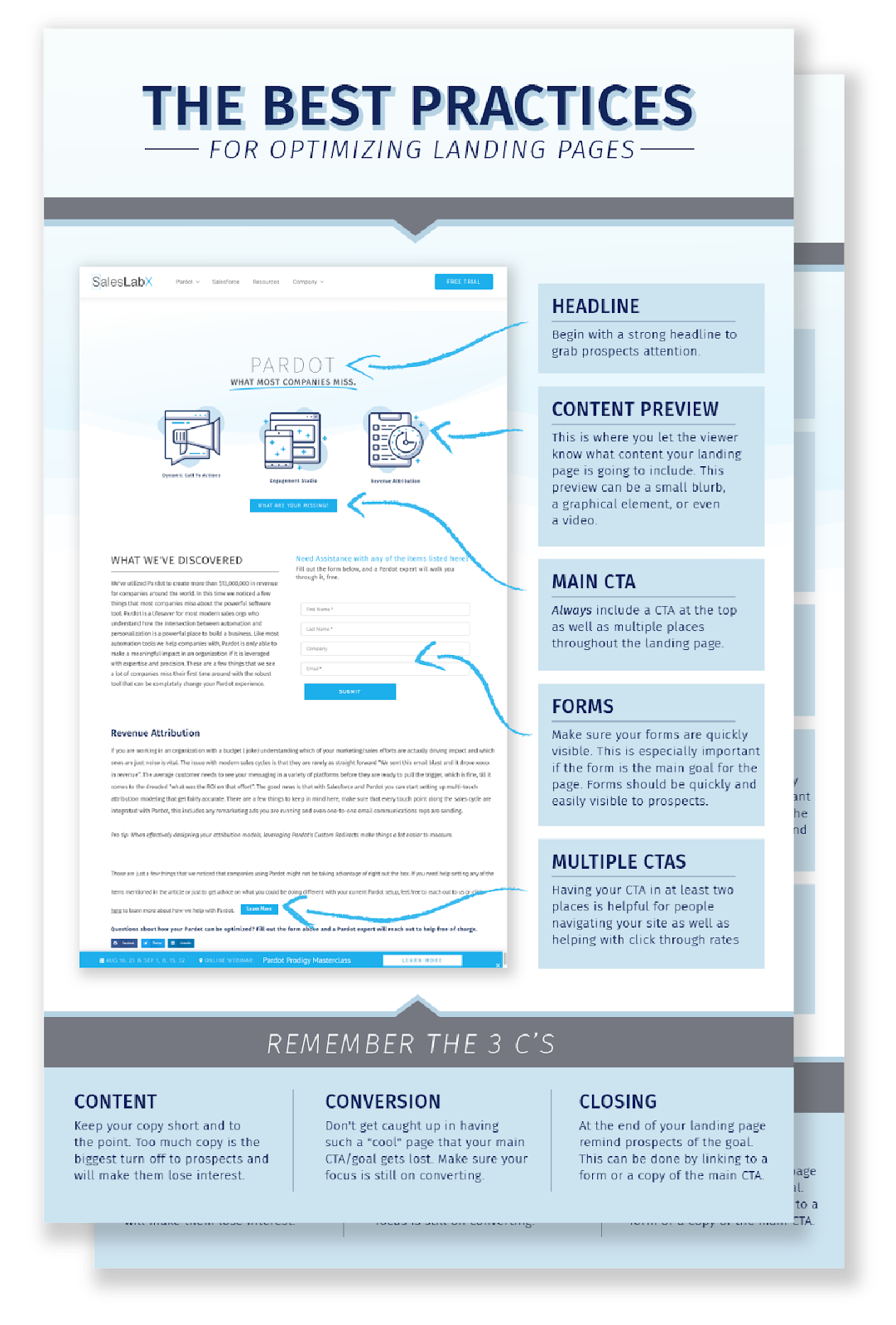
Use Multiple Traffic Sources (Don't Put All Your Eggs in One Basket)
The best lead magnets get distributed everywhere your audience hangs out:
- Website - Pop-ups, banner placements, blog CTAs, and dedicated resource pages. If someone's already on your site, make it impossible to miss your offer.
- Social media - LinkedIn posts, Twitter threads, and even Instagram stories if your audience is there. Tease the value, don't give everything away.
- Email - Your existing list is gold. Promote new lead magnets to current subscribers—they'll share with colleagues if it's good enough.
- Paid ads - LinkedIn and Google ads work great for B2B when you target the right job titles and pain points. Just make sure your cost per lead makes sense for your deal size.
We've seen the best results when companies use all four channels simultaneously. One channel might bring volume, another brings quality—you need both.

Nail Your Follow-Up Process (This Is Where Most People Drop the Ball)
How to create a lead magnet for B2B audience isn't complete until you have a solid follow-up system. Someone downloading your checklist isn't the finish line—it's the starting line.
Here's the sequence that works:
- Deliver the asset immediately - No delays. The confirmation email should include the download link or access instructions. Make them wait and they'll forget why they signed up.
- Nurture sequence - Don't go straight for the sale. Send 3-5 emails over the next two weeks that provide additional value related to the lead magnet topic. Build trust first.
- Segment and qualify - Track who opens, who clicks, who engages. Your hottest leads are the ones consuming everything you send. Flag them for sales outreach.
If someone downloads your "Cold Email Template Pack" and then opens every follow-up email about outreach strategy, they're not just browsing—they're actively trying to solve this problem. That's your signal to reach out.
Explore Further: Ways to Re-Engage Lost Leads (Templates & Email Sequences)
Track the Metrics That Actually Matter
Vanity metrics feel good but don't pay the bills. Here's what you should be watching:
- Opt-in rate - Landing page visitors who convert. Shoot for 20-40% depending on traffic source.
- Engagement rate - Who's actually opening and using what you sent? Low engagement means your offer wasn't as valuable as promised.
- MQL/SQL conversion - How many downloads turn into qualified leads and sales conversations? This tells you if you're attracting the right people.
- Time to close - Do leads from certain magnets close faster? That's a signal about quality and fit.
We track all of this for our clients because downloads mean nothing if they don't turn into pipeline.
A lead magnet that generates 100 downloads and 5 qualified opportunities beats one with 500 downloads and zero meetings.
A/B Test Everything (Then Test Again)
The difference between a 15% conversion rate and a 35% conversion rate is often one small change. But you won't know which change works unless you test.
- Test headlines - "Free Cold Calling Scripts" vs. "Book 10 More Demos With These Cold Calling Scripts"
- Test placement - Pop-up vs. inline form vs. exit intent
- Test form fields - Two fields vs. four fields vs. phone number required
- Test formats - Does your audience prefer PDF downloads or immediate web access? Video or text? Long-form or quick-hit?
Run tests for at least a week or 100 conversions (whichever comes first) before declaring a winner.
And remember: what works for one audience might bomb for another. Your industry, deal size, and buyer persona all influence what converts best.

The companies seeing the best results from their lead magnets aren't the ones who created the perfect offer on day one. They're the ones who launch, measure, tweak, and improve every month based on real data.
Conclusion
The best lead magnet ideas aren't about being clever or creative—they're about solving real problems for the right people.
A simple checklist that helps your ideal customer fix something today will always outperform a fancy ebook that sits in their downloads folder forever.
Here's what actually matters: know your audience's pain points, match your offer to where they are in the buying journey, and make it stupid-easy to consume. Then promote it everywhere, track what's working, and keep making it better.
The difference between lead magnets that attract tire-kickers and ones that bring in qualified buyers? Specificity. The more targeted your offer, the better your leads.
Need help turning those leads into actual pipelines?
We get it—creating lead magnets is one thing, but consistently filling your calendar with qualified sales conversations is another.
At Cleverly, we've helped over 10,000 B2B companies generate $312 million in pipeline through LinkedIn outreach, cold email, and our proven cold calling system. We handle the entire outbound process so you can focus on closing deals, not chasing prospects.

If you're ready to scale your lead gen beyond just downloads and start booking 10-30 qualified sales calls every month, let's talk!
Frequently Asked Questions



